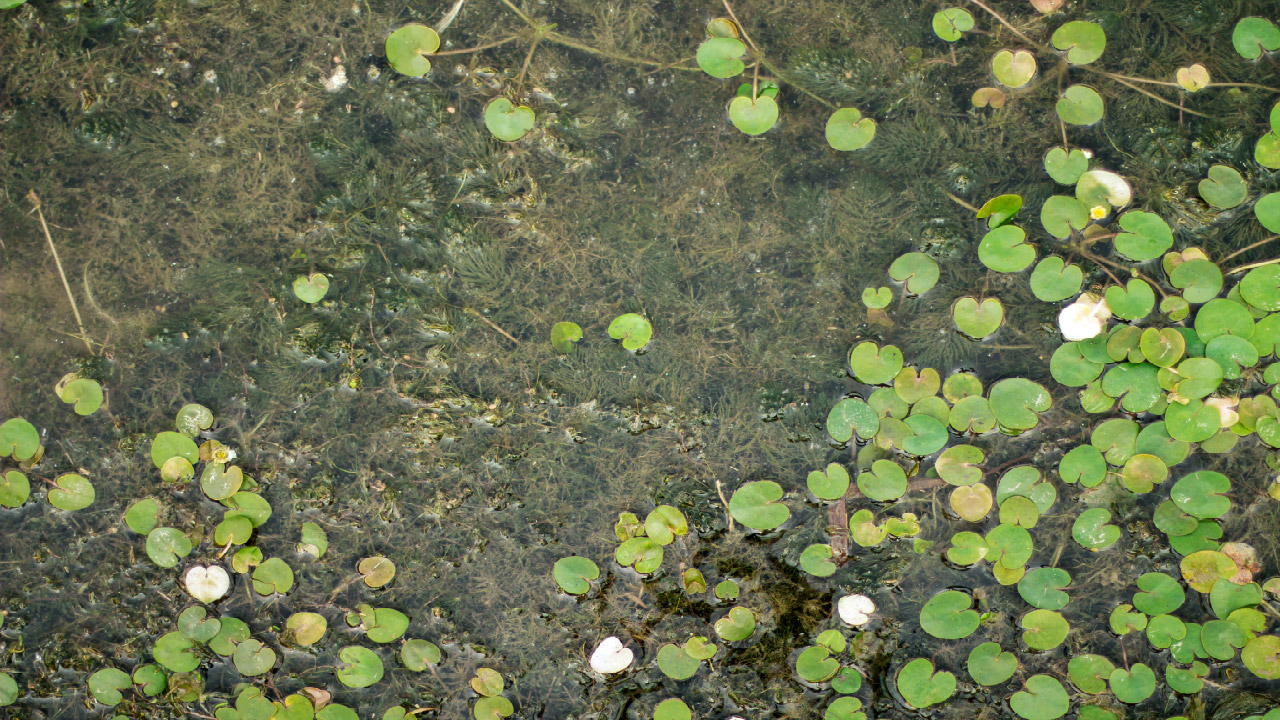How to Get Rid of Algae in a Pond
Mar 29th 2023
Having a pond on your property offers many benefits. Whether natural or artificial, a pond serves as an attractive water feature. It looks beautiful and can attract beneficial wildlife. Of course, a water feature can also provide a ready supply of water, whether for regular or emergency use.
Despite these and many other benefits, ponds have certain problems that must be prevented or addressed. One key potential hurdle with ponds, especially during warmer weather, is algae growth.
A thick bed of algae, scum or other growth on the surface, sides, or bottom of is unattractive and can also be smelly.
Some kinds of "algae," like blue-green algae (which are bacteria) can even be dangerous. Certain types of blue-green algae can cause skin irritation in humans and even kill pets, livestock, and wildlife.
No matter what type of algae your pond is growing, you will want to control it before it controls you. Basically, you have three choices for your solution: natural, mechanical, or chemical. DripWorks is happy to provide you some basic tips on which to choose for how to get rid of algae in a pond.
Natural Methods
When it comes to preventing or getting rid of algae in pond environments, many folks prefer the natural course. It's especially important to avoid toxic chemicals if you have fish in your pond or use it as a source for drinking or plant fertilization.
One natural method is to use plants that feed off the nutrients that would otherwise encourage algae growth. Good candidates include water lilies, cattails, and watercress. These can beautify a pond as well as protect it.
Snails and tadpoles can gobble up algae from the sides and bottom of your pond. As a bonus, tadpoles consume insect larvae, including mosquito larvae.
Filter-feeding bivalves like freshwater clams can help clean the water and prevent buildup of algae-encouraging nutrients. Certain species of fish, like grass carp, can also be effective at combating algae.
If you have any kinds of fish in your pond, try to limit feeding them. This will reduce spoilage of uneaten food and defecation while making the fish eat more algae and other nutrients already in the pond.
Mechanical Solutions
Mechanical control provides a simple, affordable, and effective way to control algae. At the most basic level, you can use an algae net or skimmer to manually remove algae.
A fine-bubble aerator can also be installed to keep the water moving to prevent algae growth. This is a relatively inexpensive and effective method.
Filtering systems also prevent nutrient buildup. If you already have a pond filter, make sure to clean or change it regularly for optimal performance.
UV light sterilizers can also be installed to fight algae. This is a more expensive option but can be very effective. On the downside, these products can kill good bacteria as well as bad ones.
Chemical Treatment
The chemical approach may be necessary when all else has failed. If the chemical you choose is toxic, make sure to keep living things away from it.
Barley straw is an eco-friendlier solution. Available in bales, pellets or as an extract, this natural material can work for up to six months.
Beneficial bacteria also provide a more environmentally friendly option. The Beneficial bacteria can safely digest organic debris to help slow weed growth to keep your pond clean and sweet-smelling.

